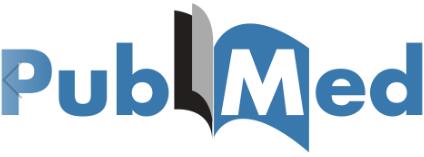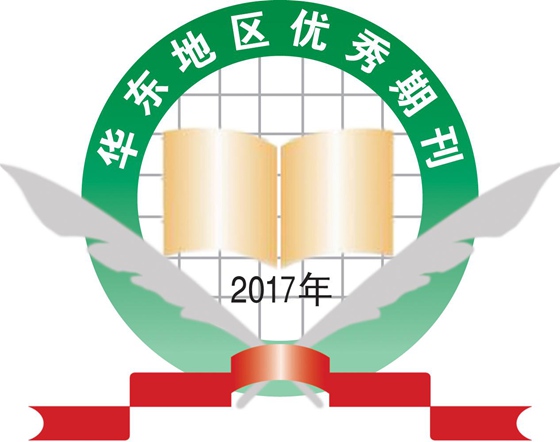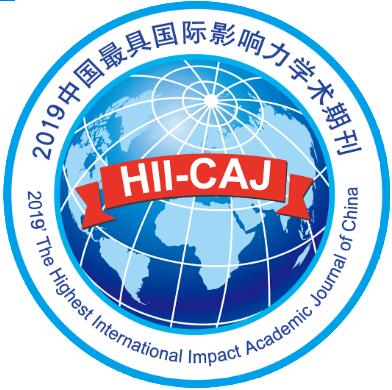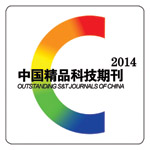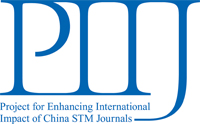Most Cited Articles
| Baidu Google Scholar CSCD Crossref Web of Science ScienceDirect | ||||||||
| Published within: In last 1 year| In last 2 years| In last 3 years| All | ||||||||
| Condition: Baidu + All | ||||||||
|
Please wait a minute...
|
||||||||
Editors-in-Chief:
Chang-quan Ling, Shanghai, China
Guang Ji, Shanghai, China
Frequency: 6 issues per year
Publisher: Science Press, China
Full text is available also online at
New Information
Impact Factor
The Honor of the Journal
Visit
- Total Visits: Day Visit: online:







